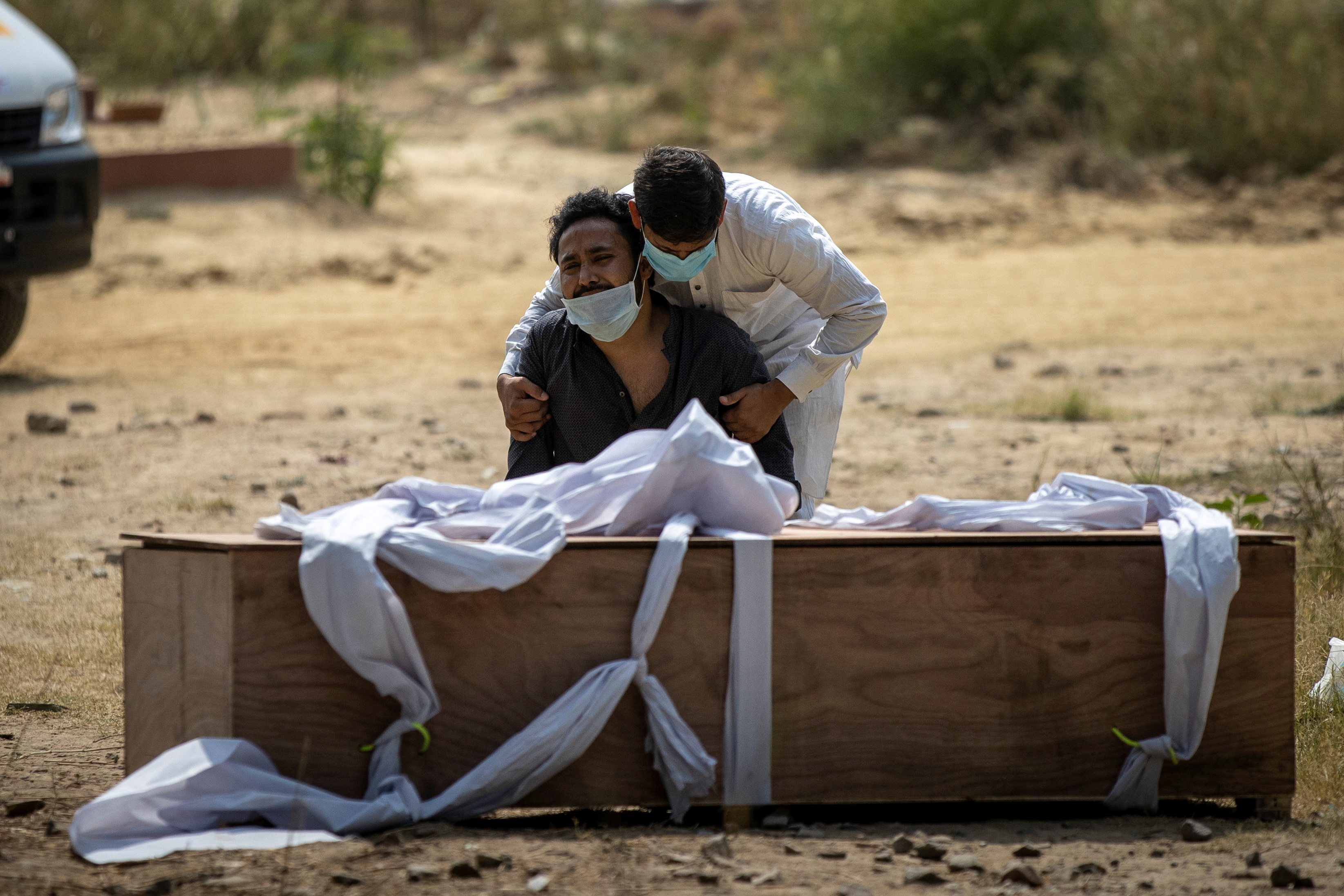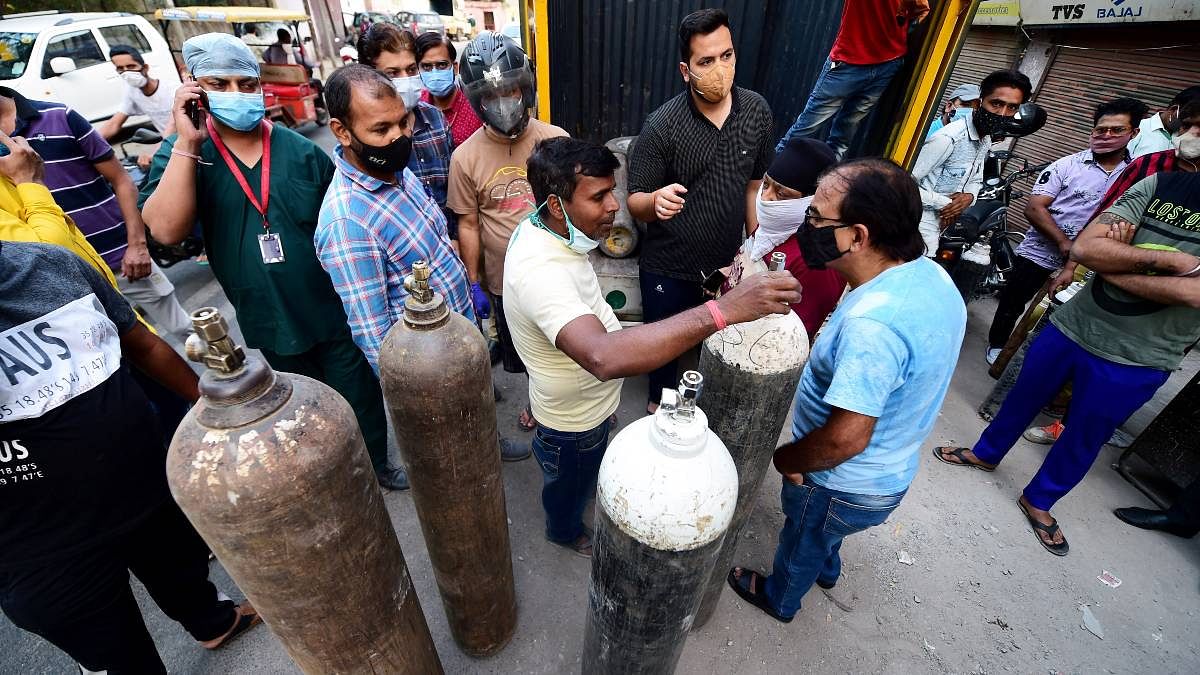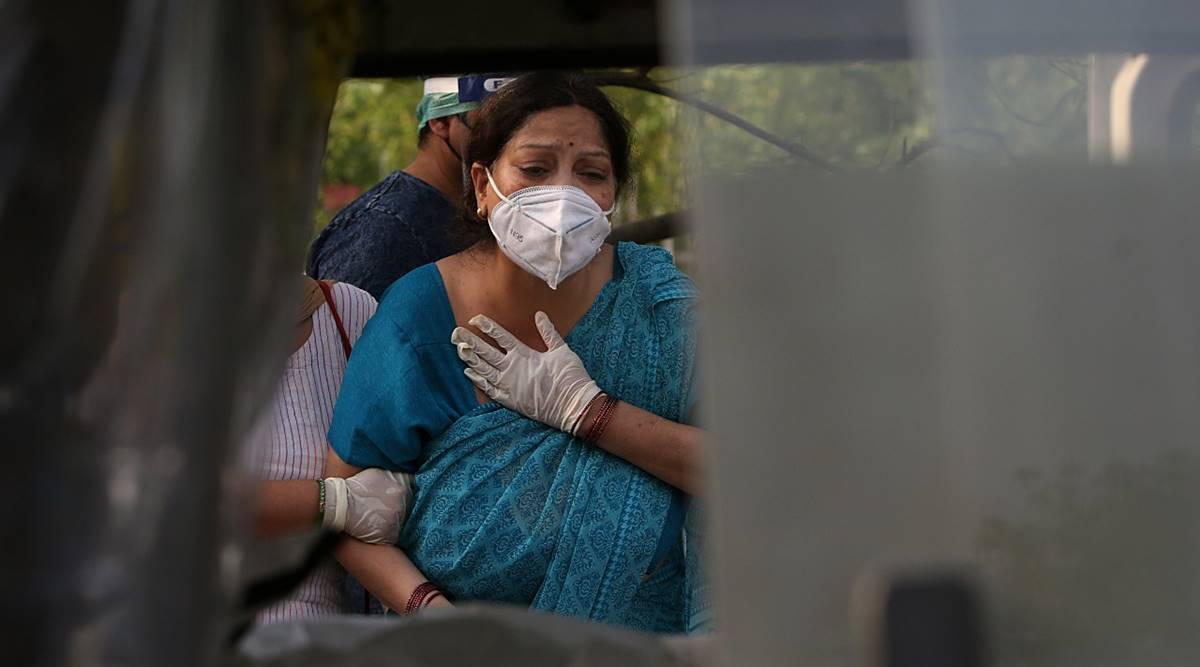In a statement that echoed the anguish that spreads across the city’s air, the High Court warned the Centre on Saturday, “We direct the central government to ensure that the NCT of Delhi receives its allocated supply of 490 MT positively today by whatever means. Much water has gone above the head. Now we mean business. Enough is enough.”
The anguish that I mentioned can be traced with much ease in news and images flooding the internet – Delhi recorded 412 deaths in 24 hours this last Saturday (the figure, mind you, is a government statistic in a time when transparency is not easy to come by); a dog crematorium was recently turned into a human crematorium as the dead exceeded by far the land allocated to burn the dead; even as netizens turned into relief workers on Instagram and Twitter, a large majority of the population continued to suffer helplessly as they do not inhabit the worlds that exist on the Internet – so on and so forth.

As of tonight, May 4, 2021, Delhi seems more miserable than ever – if that is at all possible – as numerous hospitals are simultaneously sending SOS calls marking their last few hours of oxygen supply. People on the internet seem to be screaming for help as they watch their loved ones clinging to the last 3 hours of oxygen left for them.
About eight months into the pandemic, in Oct 2020, the central government had widely publicised a sanction of 162 oxygen plants across 14 states from within the opaque apparatus that is the PM CARES fund. As hell broke loose on the country for a second time this year, journalists made desperate attempts to access these plants, only to find out that hardly 30 plants had been installed across the country, out of which less than 10 were functional.
Even as the Centre took charge and released a list of oxygen resource allocation for different states, a bias revealed itself. While many states received more than their quoted demand for oxygen, Delhi, which continues to be one of the worst affected cities, received less than what it had asked for. Out of the meagre 490 MTs allotted to it, the city did not receive its full share on even a single day as the actual supply limited itself to a maximum of 410 MTs.

Videos and appeals surfaced on the internet – and we make no claim on their credibility – explaining how Delhi’s oxygen quota was being diverted to other states, and what went on in the media in response came down to an elaborate session of pointing fingers and not much else.
After the Executive Director of Batra Hospital made a statement recording the loss of 12 lives due to oxygen shortage, the HC recorded an angry warning, challenging the Centre with contempt, “Looking to the situation, we make it clear that we may even consider initiating Contempt Proceedings in case of non-compliance.” The HC also held the government responsible for arranging for tankers as Delhi is not an ‘industrial state and therefore does not have a reserve of its own: “It falls upon the Central Government to arrange the tankers as well, so that the allocation made to Delhi could be fulfilled, lest it remains only a paper allocation.”
As I sit here writing this, I have received in the past six hours, from within my fairly small circle of friends and acquaintances, three requests to STOP searching for oxygen leads to help them, as those who needed the help have already passed away. In response to the High Court’s statement, the centre has raised Delhi’s oxygen quota by 100 metric tonnes. So far, it seems only a paper allocation.




